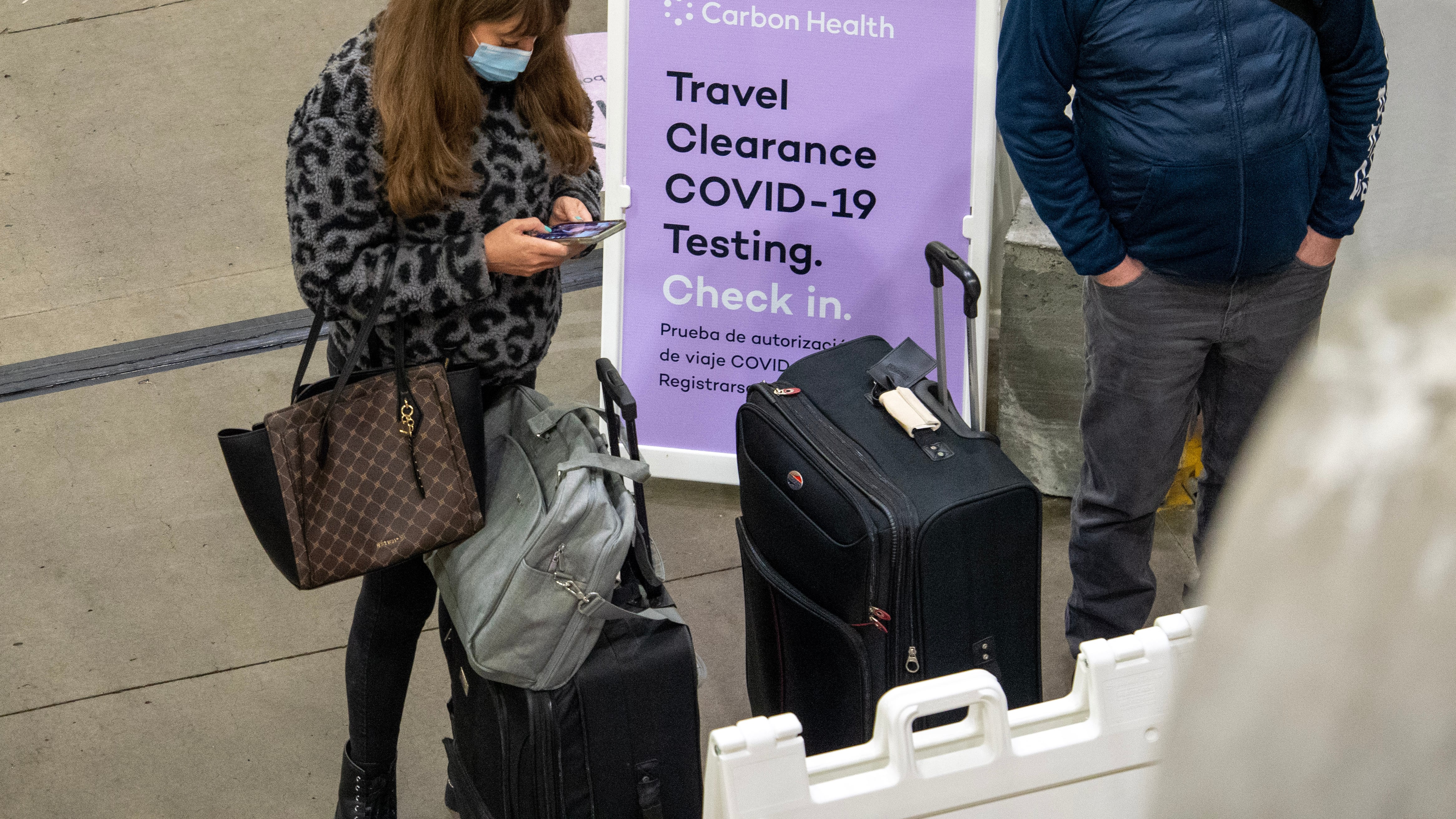Oregon’s hospitalizations due to Omicron are likely to peak at roughly 1,250 by mid-February, according to new projections released Dec. 23 by Oregon Health & Science University.
That’s slightly above the Delta peak of 1,187 on Sept. 1, but still high. Most notably, it’s a sharp decline in the maximum number of hospitalizations projected by OHSU as recently as 10 days ago.
On Dec. 17, Peter Graven, an OHSU data scientist and the state’s leading prognosticator on COVID numbers, appeared with Gov. Kate Brown to discuss his near-weekly updates on what the state should expect to happen with case counts and hospitalizations.
Graven warned then that hospitalizations could hit as high as 3,000 in February. With behavior changes, such as less travel and fewer social gatherings, along with an increase in boosters, Graven projected the peak would more likely be around 2,000.
Graven tells WW that behavior changes—based on fear of the virus—and an increase in booster shots was the more likely scenario.
“I wanted people to be able to see what you get in those different situations,” says Graven.
So how did 2,000 turn into 1,250?
The basic answer: new information about Omicron.
“It’s about us learning about how it’s behaving in other places and having more accurate estimates of what it is doing and how that applies to Oregon,” says Graven. “We are definitely taking some pretty rough numbers and trying to see what they meant for Oregon. And now we have a little bit finer numbers.
“Extra time buys Oregon time to do stuff,” he adds. “Every extra week here is going to make a big difference.”
Omicron is a new variant and experts are learning more about its impacts as other jurisdictions, notably South Africa, the U.K., Denmark and now the East Coast of the United States, experience record-setting numbers of cases.
To project the number of hospitalizations some weeks out, Graven and other modelers take into account how fast COVID is spreading (that estimate stayed the same week to week in Graven’s model), and how many people are hospitalized after contracting a particular variant (based on a new study out of the U.K., Graven revised that downward to 42% from 30%). They also consider how people respond (like whether they’re traveling) and how many people are getting infected after vaccination or prior infection (between the 3,000 hospitalizations estimate and the 1,250 estimate, that number was increased to 55% from 50%).
“The main parameters that changed were, we increased the number of people who were likely to get infected through the immune escape parameter,” Graven says, explaining that last number.
The factor that could make the most difference is lots of people getting boosters, a campaign the state launched after Graven’s numbers became public Dec. 17. And the number of boosters administered over the past 10 days has increased—hitting state officials’ targets for 14,000 a day in Oregon.
“If you look at Denmark, that’s what they’ve been doing,” Graven says. “They cranked up their boosters a ton, and they’re getting out tons of boosters every day and it’s making a difference.”
Even this past week’s projections could change, Graven acknowledges, and in fact 1,250 may be the best-case scenario. The number of hospitalizations reported on the East Coast has him concerned today, he tells WW.
The number of cases in Oregon has risen over the past week by roughly a quarter, Oregon Health Authority data shows.
But Oregon should also expect a major spike in cases due to Omicron, which has officially been found in only three patients in the state, according to OHA data.
“It is here,” warns Graven. “You wait one week and you’ll see some different numbers.”
